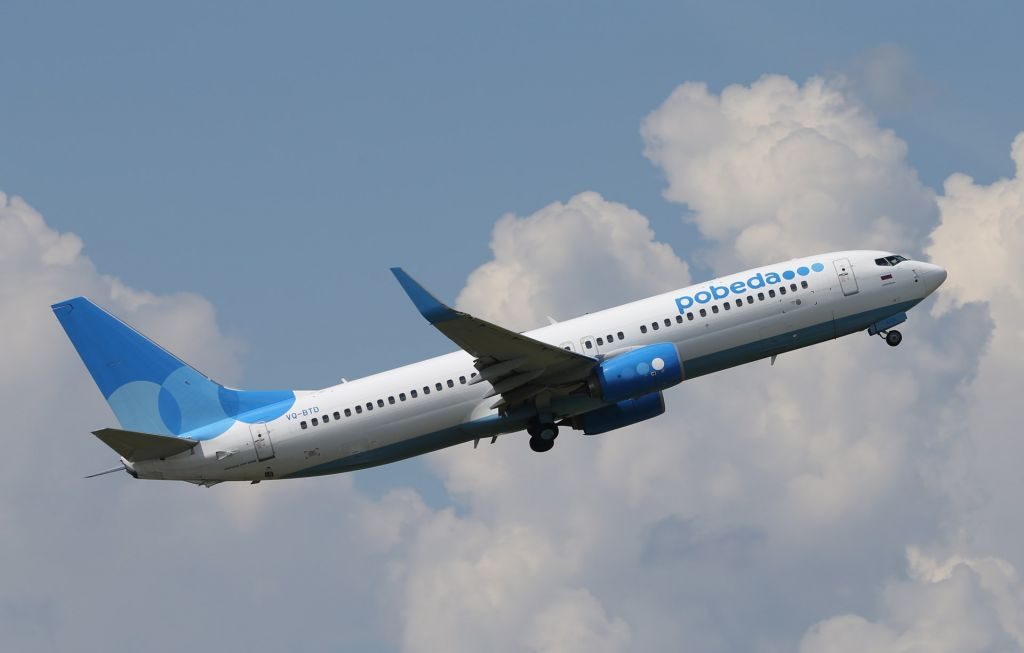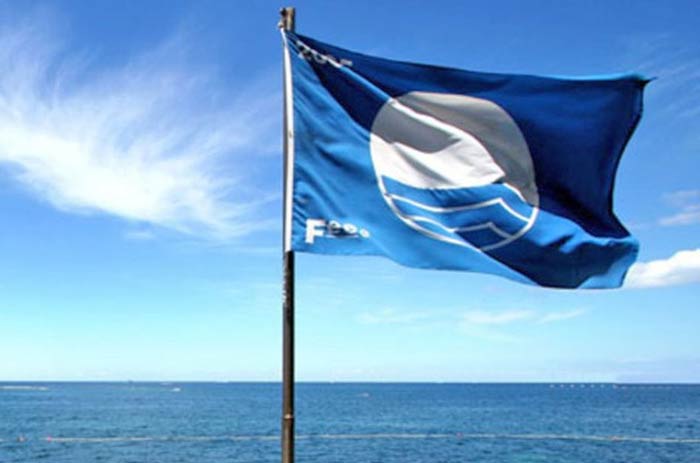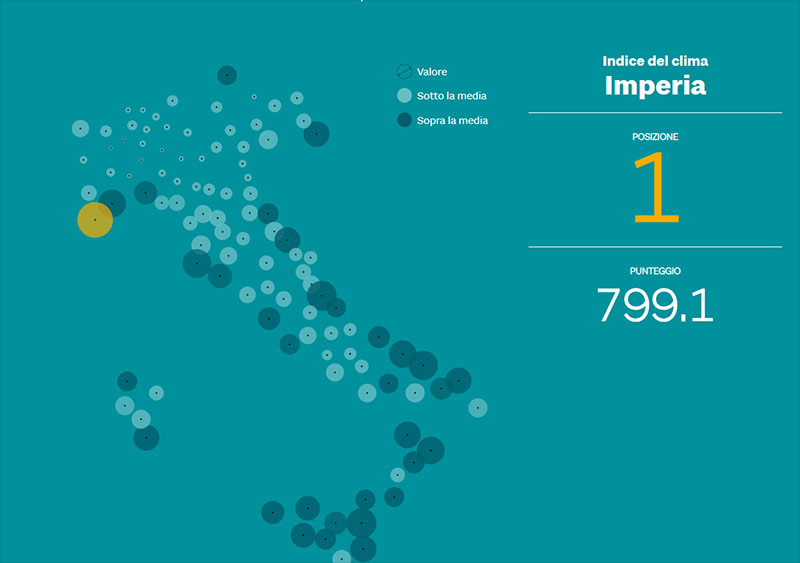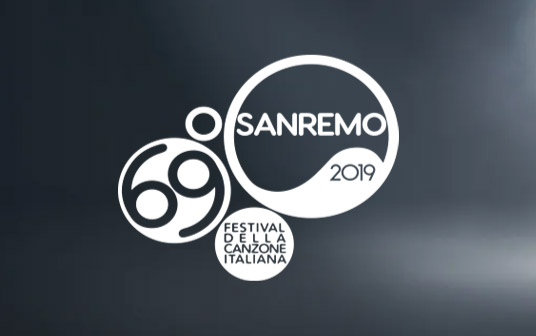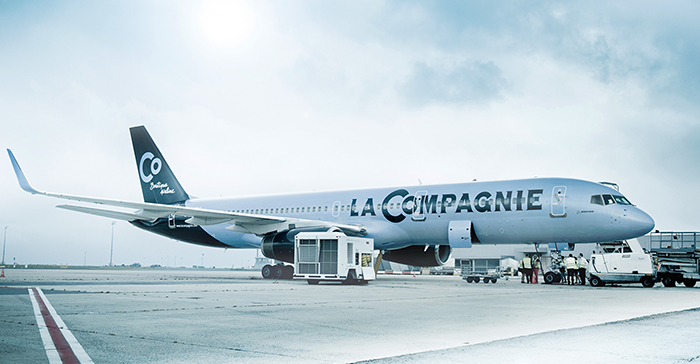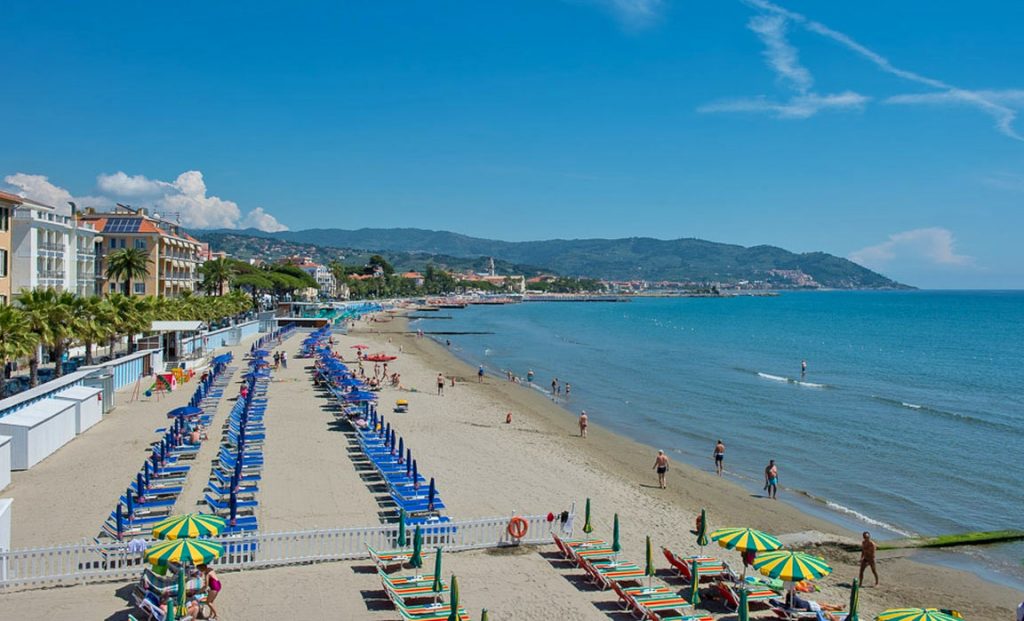
Soleil, sable, mer, etc. Les Français n’hésitent pas à passer à la frontière pour profiter de tout cela. Mais pourquoi apprécient-ils autant les plages privées de la Riviera italienne?
Vintimille, San Remo, Arma di Taggia, Alassio, etc. La région Ligurie ne manque pas de plages et surtout de plages privées. Pour le plus grand plaisir des Azuréens qui s’y rendent en nombre une fois les beaux jours venus.
Impossible d’être dépaysé tant on y entend parler français. Même le personnel des commerces le maîtrise. Et plutôt bien d’ailleurs.
Mais alors, pourquoi les Azuréens sont-ils aussi friands du littoral italien alors que des plages, même privées, ils n’en manquent pas chez eux? Les raisons sont multiples.
“Ce que j’apprécie, c’est que l’on peut déplacer notre matelas à notre guise, explique Sonia, une Laurentine venue pour la journée avec une amie. Pour l’instant, le mien est sous le parasol mais bien souvent je le déplace et le mets au bord de l’eau. Ici, ça ne gêne personne. Donc première ligne ou non, c’est un peu comme à la maison.”
Une ambiance décontractée que les familles apprécient tout particulièrement. Et ce n’est pas les enfants qui contrediront leurs parents. Toutes les plages privées sont équipées d’au moins un baby-foot, d’un toboggan ou encore d’une balançoire. Un véritable paradis pour les petites têtes blondes et les adolescents.
Une bonne ambiance, un certain dépaysement, mais aussi des prix très attractifs. Comptez environ quinze euros pour un matelas, le lettino en italien, et un parasol, l’ombrellone. Et entre huit et douze euros pour un matelas seul. Certaines plages privées sont équipées de paillotes, donc nul besoin de payer un supplément pour s’ombrager.
Pour Sandrine et son mari Eric, parents de deux bambins, il n’y a pas photo. “Une journée comme celle que nous venons passer ici, nous coûterait le double en France et ça ne m’étonnerait même pas si c’était plus que ça encore. Les salades sont à même pas dix euros, tout comme les pizzas bien souvent et les plats ne sont pas beaucoup plus chers. Sans parler des boissons, seulement deux euros le coca-cola et un euro le café.” Pourquoi se priver?
MOINS CHER, MAIS TOUT DE MÊME
Si tout est moins cher une fois sur place, “il faut toutefois compter les frais de déplacement”, note Fabrice, un habitué. Pour vous rendre à Arma di Taggia depuis Nice, comptez 8,50 euros de péage et 8 euros de carburant, soit 33 euros aller-retour en plus des dépenses sur place. Qu’importe, tout le monde semble heureux sur les plages italiennes. Pour en profiter, n’oubliez pas, en haute saison, de réserver matelas et parasol, ainsi qu’une table au restaurant.
Source: Nice Matin

